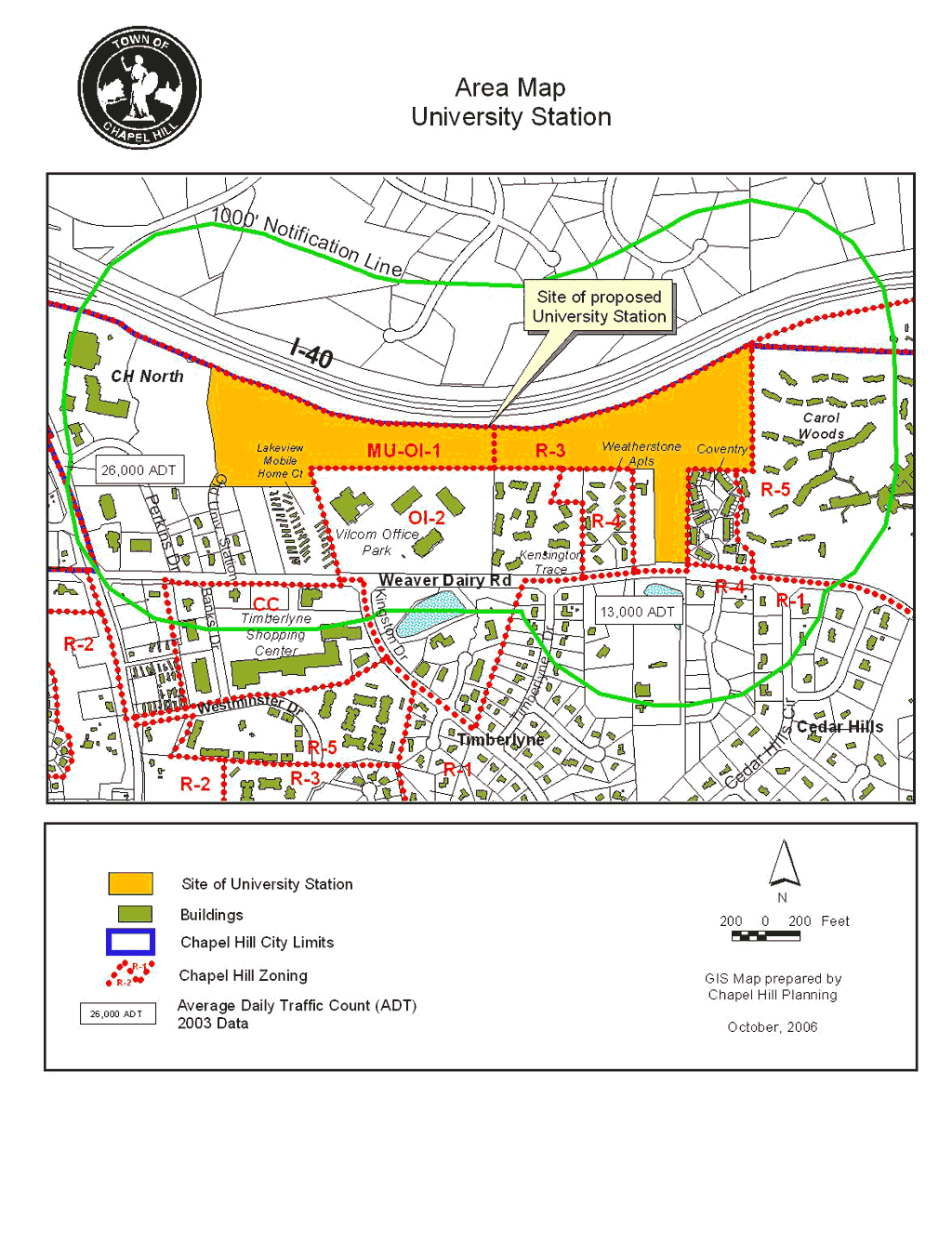No, I’m not talking about a face-off between the N&O and the Herald Sun.
If you get PBS HD 4.2, Frontline is airing the episode, “What’s Happening to the News”, of their series News War
Bergman traces the recent history of American journalism, from the Nixon administration’s attacks on the media and the post-Watergate popularity of the press to new obstacles presented by the war on terror and changing economics in the media business and the Internet. The topic has special resonance for Bergman, whose career as a journalist for FRONTLINE, The New York Times, ABC News and 60 Minutes has included reporting on the issues that are critical to the current controversies. “There has been a perfect storm brewing in the world of news,” says Bergman. “Not since the Nixon administration has there been this level of hostility leveled at news organizations. … [But] unlike the confrontations of 35 or more years ago, today’s news war sees the very economic foundations of the business shifting.”
Don’t get HD? Frontline is streaming the show here.
Tonight’s episode
examines the economic pressures the news industry faces because of aging audiences and the Internet. Included: comments from “Daily Show” head writer David Javerbaum; Ted Koppel; former L.A. Times managing editor Dean Baquet, who was fired after a dispute about staffing cuts; “60 Minutes” executive producer Jeff Fager; Google CEO Eric Schmidt; Daily Kos’ Markos Moulitsas; and former L.A. Times editor John Carroll.
Ever since the Chapel Hill News was McClatcheyed and the Herald Sun was Paxtoned the overall quality of Chapel Hill reportage, in my humble opinion, has slipped.
It is NOT the fault of the Chapel Hill News staff but, I believe, the framework they’re working within. That’s why I welcome their latest experiment, Orange Chat, that allows them more direct interaction, fuller explication and timelier reportage than their print version. Must be frustrating to have to do an end run to deliver content to the community.
Beyond that, the Chapel Hill News is having a nice upswing with the awarding of six news awards by the NC Press Association in the 2006 NC statewide competition.
Staff writer Jesse DeConto won a first-place award in the news enterprise reporting category for “Down on the Corner,” a story about the immigrants who gather at a corner in Carrboro every morning looking for day labor jobs.
“Excellent ‘enterprise’ to recognize this story and cover it so well,” the judge wrote. “It has a human side as well as the background and supporting data that shows this to be an issue of importance. Well done!”
Editor Mark Schultz earned a first-place award for headline writing.
McClatchey needs to unleash these folks and let them run their own shop.
By the way, though I’m an occasional columnist for the CHN, I’m speaking from no internal knowledge.





